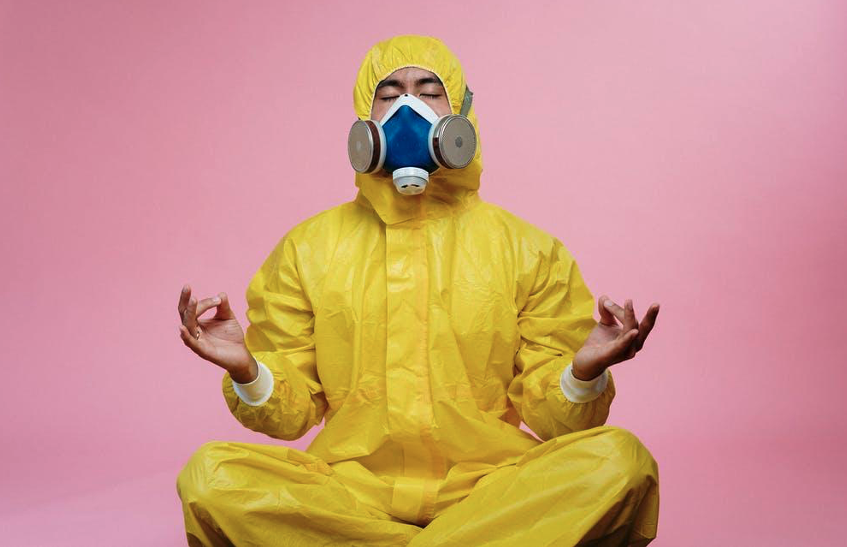Respirator Fit Testing, Types and Procedure in Australia’s Gold Coast
Jan 18, 2021 15:18

The main aim of wearing a respirator is for protection against vapours, fibres or polluted air. If a respirator doesn't fit your face, it can't protect you. It is, therefore, vital for respirators to suit your face correctly.
The tight-fitting respirators form a seal with your neck or face to function adequately. Before wearing a respirator, perform a respirator fit test and medical examination.
What Is a Respirator Fit Test?
Simply put, a respirator fit test examines the seal between your face and the respirator's facepiece. Performing a respirator fit test takes about twenty minutes or less to complete.
You should perform a fit test at least annually and ensure to use the same model and respirator size after passing the test.
Now, a fit test is different from a user seal check. Every time you put on the respirator, the quick review you perform to ensure the respirator fits your face is a user seal check. Resile offers respirator fit testing Gold Coast.
How to Get Ready for a Respirator Fit Test
Before conducting a respirator fit test, you'll perform a medical examination.
Screening for Alcohol and Other Drugs (AOD) presence is becoming essential in the workplace because the impact of improper alcohol and drug use has presented a risk to health and workplace productivity.
Occupational physicians in Perth screen for drugs and alcohol testing Brisbane occupational health care provides services relating to workplace illness and employment.
Below is the procedure for a respirator fit test.
Choose a Respirator
While selecting a respirator, you should consider the toxins you'll be exposed to, the toxin's concentration, the job responsibilities, and the time you'll spend exposed to the toxins. The respirator must be NIOSH-certified. You'll have to take the selected respirator to the fit-test.
Bring Protective Equipment
If you wear other personal protective equipment like; face shields, safety glasses, coveralls, and hearing protection, bring them to the fit-test.
Shave
Male employees should be clear-shaven when coming for a respirator fit test. Here's why the OSHA requires shaving; facial hair can hinder a respirator's fit.
Complete a Medical Evaluation Questionnaire
Before you can fit-test for a respirator, you'll have to complete a Respirator Medical Evaluation Questionnaire (RMEQ) and bring it to a physician or other licensed health care provider (PLHCP) for review. Respirator fit testing in gold coast also provides onsite services.
Respirator Fit Testing Types
The two respirator fit testing types are quantitative and qualitative fit testing. You choose a testing type depending on the legislative standard, hazardous particle exposure, and the type of respirator your workplace uses.
Qualitative Fit Testing
Qualitative fit testing doesn't determine the exact amount of leakage in your facepiece. This testing type usually tests half-mask respirators- respirators that cover only your nose and mouth.
Qualitative fit testing involves detecting the respirator's leakage using your sense of smell and taste, or reaction to an irritant.
The qualitative fit test methods are; using isoamyl acetate, which has a similar smell with banana; irritant smoke, which causes coughing; Bittrex, which makes your mouth taste bitter; and saccharine, which makes your mouth taste sweet.
Quantitative Fit Testing
Quantitative fit testing is a standard method for testing tight-fitting or full-face respirators. The quantitative fit testing uses a Portacount, an instrument that measures the leakage around the respirator's face seal and provides a numerical value known as a fit factor.
The fit factor indicates whether the chosen respirator protects you adequately.
Conclusion
Anyone who comes in contact with air polluted by harmful smoke, vapour, dust, mist, spray, or gases while working should wear a fitting respirator. If you want to use a respirator with a different model, go for a respirator fit test.







































































